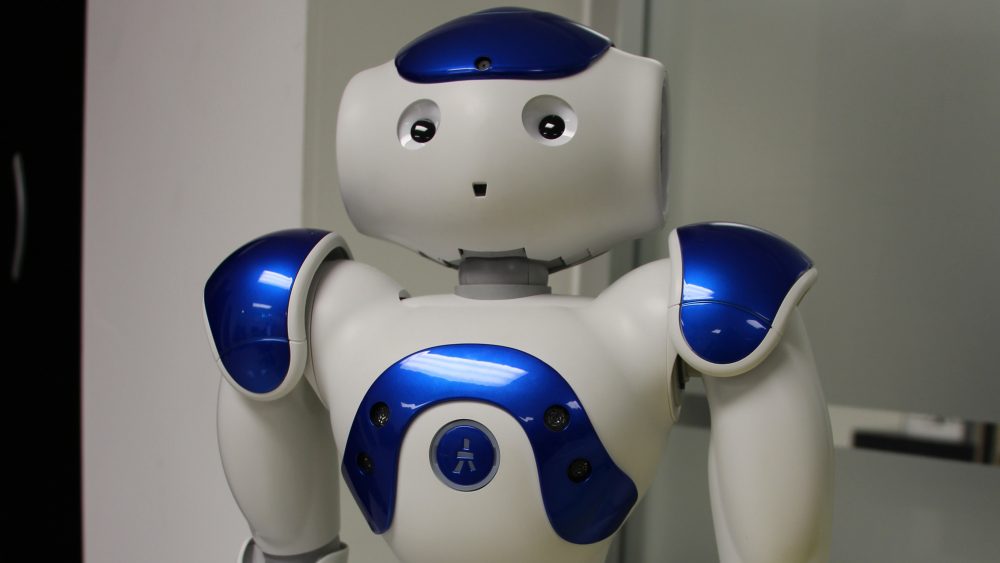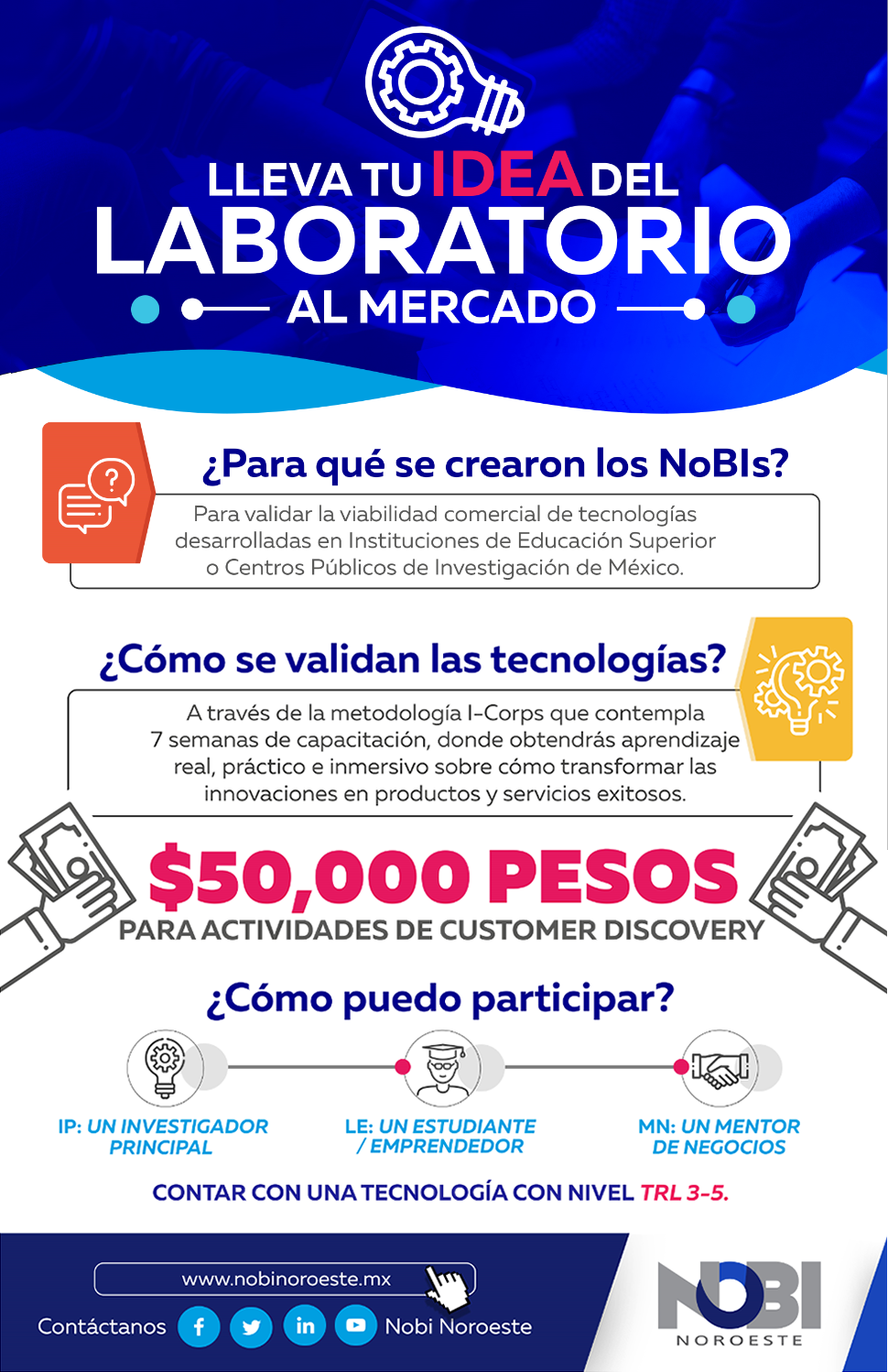In 1921, Czech writer Karel Capek made public his play RUR (Rossum’s Universal Robots), which automatons characters introduced for the first time ever the term robot with the sense we currently give to it, which derives from the Czech word robota, that means «forced labour or slavery». From this first approach we can notice the influence both literature and science fiction have had in our conception of what a robot is, and the reason whenever we think of them our mind more naturally associates them to thinking and automatons characters presented to us in films like Star Wars or bio-robotic androids that might pass themselves off as humans, like those of Blade Runner.
Our actual reality is way too far from those examples, but science keeps working in order to, someday, create such sophisticated mechanisms. Even though if we compare it with fiction it seems like our reality is really far from such great achievements, the truth is that robotics field has been an area in constant and accelerated evolution, same we will explore below: from its beginnings, going later through types of robots and some of its most «ordinary» applications.
The first pillars for automation
Since ancient times and throughout history, there are numerous registers of automatons created: from the water powered automaton built by Hero of Alexandria (125 BCE), Leonardo Da Vinci’s walking lion and moving knight (1499), as well as the mechanical duck of the French engineer Jacques Vaucanson (1730’s mid-decade); and these are barely four of many examples we could bring up.
Even when the term robot and its current meaning were coined (as we were saying before) from Capek’s play, the derived word robotics was created by the famous US author and biochemistry professor Isaac Asimov, who used it for the first time in his sci-fi story «Runaround» (1942), where also sets out his already famous Three Laws of Robotics that would quote in many occasions in his following works. The word would be later adopted in the real world as scientific terminology, turning Asimov one of the robotics’ promoters in the world.
The most direct ancestors of current robots are telemanipulators. The first one was developed by R. C. Goertz at the Argonne National Laboratory in 1948 and its objective was avoiding the operator from being at risk while manipulating radioactive elements; the mechanical device was based on a master-slave method, where the master manipulator, placed in a safe zone, was moved by the operator and the slave would recreate his movements. The operator, besides being able to watch through a thick glass, by means of the master device he would feel the forces applied by the slave on the environment. Afterwards would come a computer programme to control manipulator’s movements, substituting operator’s role and thus beginning the current robot concept.
In 1961 the first industrial robot was installed, the UNIMATE, created in collaboration by Joseph Engelberger (considered the father of robotics) and George Devol (who patented the invention). The robot consisted of a hydraulic powered arm in General Motor’s factory at Trenton (New Jersey) and worked with an injection moulding machine.
In 1973 the Japanese Ichiro Kato created the WABOT I, the first full scale anthropomorphic robot in the world. It possessed a system to control its extremities, vision and conversation. The next year, the Swedish company ASEA would develop the IRB6, the first robot entirely electric controlled by a micro-computer.
The first year of the robotic era arrived in 1980, when the production of industrial robots increased 80% regarding the previous year; in addition, in the whole world a great impulse was given to research for the creation of intelligent robots, which began the search of an intelligent autonomous robot.
Types of robots
According with Álvaro Gómez Ramos, the Robotic Industries Association defines an industrial robot as «a reprogrammable multifunctional manipulator, designed to move materials, pieces, tools or special devices through variable programmed movements that allow to carry out diverse tasks». While the Swedish Industrial Robot Association provides a more complete concept: «manipulator machine automatically controlled, reprogrammable, multipurpose with or without locomotion to be used in industrial applications of automation»; this definition is the one currently considered by the International Organization for Standardization.
There are different ways to classify the existent types of robots, these can be labelled according to its chronology, structure, autonomy level, application, etcetera. If we classify them by their architecture, robots can be:
- Poly-articulated. Commonly sedentary, are structured to move their terminal elements in a determined work space, according to one or more coordinates system and a limited number of liberty degrees. In this group we find manipulators, industrial robots and linear (Cartesian) robots.
- These possess the ability to move thanks to that they are based on cars or platforms and are provided with a rolling locomotive system. They follow their way remote-controlled or being guided by the received information of its environment through sensors. Guided through paths by means of electromagnetic radiation of circuits set into floor or via photoelectrically-detected strips; they can even avoid obstacles and are equipped with a relatively high intelligence level.
- These are actually used for study and experimentation, they seek to partially or totally imitate human behaviour and shape, but they have not reached yet the sought fidelity degree , since they have no practical use. The currently most known robot of this kind is Honda‘s ASIMO (Advanced Step in Innovative Mobility), able to walk, run, deal with stairs, reach and open objects, at the same they understand voice commands and remove obstacles out of their way.
- These can be classified in walkers and no-walkers (the least developed area). Their locomotive systems imitate diverse living beings and it is aimed for them to be used to explore very rough surfaces, either piloted or autonomous, and it is deemed that they will be truly useful in space exploration and volcanos study fields.
A Rosie Uniqua at home?
Service robots are those autonomous robots that take care of helping with household chores. Even though this concept might sound fabulous for who loathes realise domestic duties, current reality is way too far from a butler that take care of us just like it happens in futuristic movies. Nevertheless, diverse devices able to help with basic tasks have been launched to the market in the past years, maybe the most popular are robot hoovers and sweepers, like those manufactured by iRobot, company that hosts the famous autonomous hoover Roomba and the new mop robot Braava.
Not just this type of robots has become popular at home, the new generation of service robotics has also brought to the market robots destined to people’s leisure and entertainment; one of the most popular in this field is Cozmo, a small robot developed by the US enterprise Anki. Its behaviour resembles the one of a human kid that always feels like playing; when ignored, Cozmo begins to throw a tantrum to get your attention. The robot is programmed with two games that can realise and it is able to learn and recognise its environment, in addition to avoid obstacles.
Definitely robotics is a vast area that at the same time is part of various other branches of science, same that robotics unify searching to forge the future. We know that this science is in constant evolution, either it takes us five, twenty or a hundred years more, we will emulate in our reality the dreams fiction has inspired us; the way will always be full of motivation about what is to come and, which feels closer every day and which discoveries give us outlooks beyond our original expectations.
In the end, as once the professor and director if the Perceptual Robotics Laboratory of the University of Massachusetts Amherst, Rod Grupen, said: «At bottom, robotics is about us. It is the discipline of emulating our lives, of wondering how we work». And thus the man’s journey to discover himself and everything that surrounds him will continue, through science.
Written by Doris Salazar (Communication and Diffusion, PIT-UAS), translated by Belem Ruiz (Edition and Commnication).



 Parque Científico Tecnológico, Universidad Autónoma de Sinaloa © 2015
Parque Científico Tecnológico, Universidad Autónoma de Sinaloa © 2015